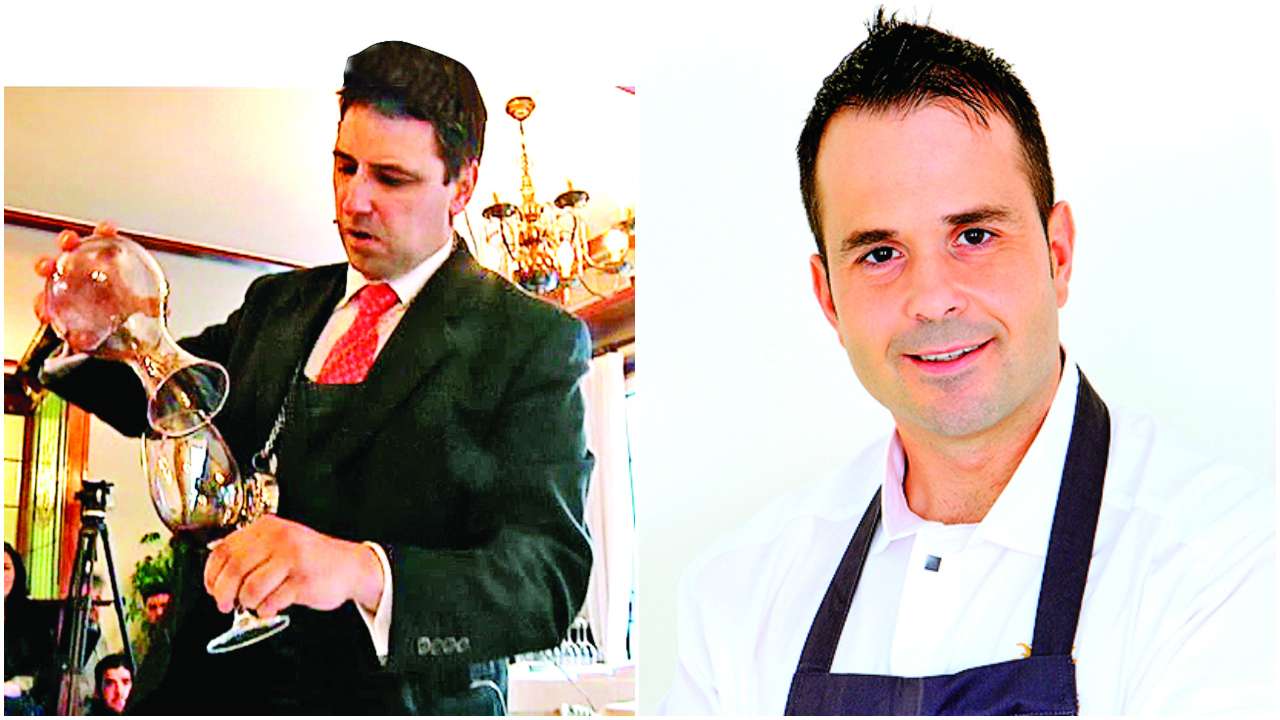
Croquettes, tapas, tortilla espanola, paella, bean stews and salads – for a novice, it turned out I had a fair idea of what comprises Spanish food. But a delightful dive into the second edition of the Spanish Extravaganza at the Taj Mahal Palace opened deeper flavours for me.
The Spanish prefer their food organic. Roasted leeks, toasted pumpkins, green mustard, vanilla oil, saffron oil, tender spinach right from Catalan and wild mushrooms are only some of the stars of the meal. Ingredients come together to offer a confluence of flavours, at the same time, their individual identity isn't lost. So when Michelin Star Chef Miguel Barrera serves you the green beans, peas, Spanish pork panceta and hojiblanca green oil cream, you know you are in for unique flavours and textures. "The dish features a contrast of bitter flavours in green olives and creamy flavours of the peas and green bean cream along with the crunchy textures of the vegetables. Likewise, the freshness of the flowers and broccoli shoots. With Mediterranean flavours in its true essence and maximum expression, the dish was accentuated by the olive and farm vegetables," he tells me. At the same time, Chef Santi Almuiña brought ingredients for his classic vegetarian paella from the Mediterranean region of Murcia in the south of Spain. His seafood paella had us sample the fresh cold water seafood from the Atlantic Ocean, bomba rice, extra virgin olive oil and saffron.

[(Clockwise) Green Beans, Peas, Spinach Pork Panceta and Hojiblanca Green Olive Cream; Toasted Vegetable Soup with Crispy Bomba Rice and Saffron Oil; The Classic Vegetarian Paella; Seafood Paella]
Above all though – and this cannot be refuted – the Spanish love their wine! Sommelier Manuel Corralero shares how wine and food have a complementary relationship in Spanish cuisine. "The idea is to find a wine that brings out the flavour of each dish. We want neither the dish nor the wine to overpower each other in importance, and that the patron is able to taste every ingredient in the dish with their unique flavours along with the aromas of the wine."
Simultaneously, the Spanish cuisine is seeing an evolution of sorts. "The rhythm has changed since superchef Ferran Adrià, the most important chef in the world, released his recipe book and explained his way of seeing things.
Nowadays, the techniques used in the kitchen, both in Spanish and international ones, were born in his restaurant El Bulli," says Chef Ignacio Solana. Adrià's book The Family Meal: Home Cooking with Ferran features 100 recipes by the culinary master that can be prepared by anyone, and are inspired by the dishes eaten every day by the staff at his legendary restaurant El Bulli, which holds the record for being number one on British magazine Restaurant for five consequtive years. "It makes no sense for me to open a restaurant," he once told AFP. "Why would I do that? Almost all the greatest chefs in the world – with a few exceptions – no longer actually cook. They taste, direct and conceive," he had said.
Dessert was a tangy golden orange with extra virgin olive oil, honey and cinnamon [the "Spanish sun", we were told] paired with white wine.
Here's toasting to more from Spain – Salud!